Lemon cheesecake is made with a creamy cheesecake filling and topped with the best tangy lemon curd.
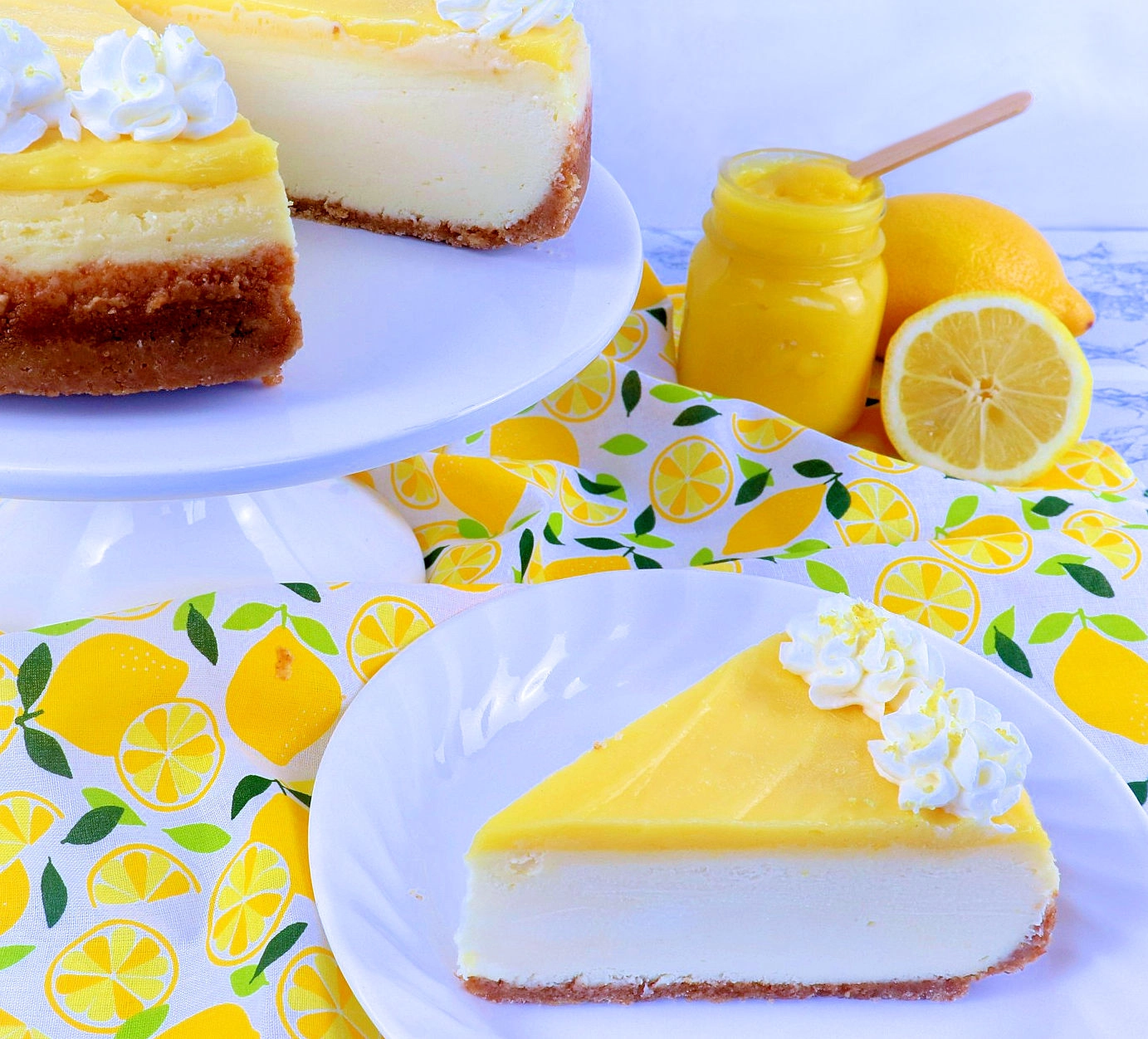 If you love bright, fresh lemon desserts then this lemon cheesecake is about to be your new favorite! It's made with a graham cracker crust, a creamy cheesecake filling, and topped with a tangy lemon curd.
If you love bright, fresh lemon desserts then this lemon cheesecake is about to be your new favorite! It's made with a graham cracker crust, a creamy cheesecake filling, and topped with a tangy lemon curd.
Ever since making my recipe for lemon bars a few months ago, I've become obsessed with lemon desserts. Specifically lemon curd! I've been trying to find any excuse I can think of to make it, like adding it to cakes, cupcakes, and cheesecake! It really does makes everything so much better, and it's dangerously easy to make!
WHAT YOU NEED TO MAKE LEMON CHEESECAKE:
Graham Cracker Crust:
- Graham cracker crumbs: For 1 and ½ cups of graham cracker crumbs you'll need about 10 full sheets of graham crackers. You can also buy store-bought graham cracker crumbs, which can be found in the baking aisle.
- Granulated sugar: Along with making the crust sweeter, the sugar also helps to bind the crust and makes it crunchier.
- Butter: Melted butter is what binds the crust together. Feel free to use salted or unsalted butter since there's no added salt in the crust.
Cheesecake Filling:
- Cream cheese: Brick-style, full-fat, and fully softened to room temperature. Leave the cream cheese out of the fridge for at least 1 hour before using it.
- To soften quickly: Remove the packaging and place the foil-wrapped cream cheese in a bowl of room temperature water for 5-10 minutes. Remove from the water and wipe the foil dry before unwrapping the cream cheese.
- Sugar: Granulated sugar is perfect for cheesecake!
- Flour: Adding a little flour to the filling makes it sturdier and helps prevent cracks from forming.
- Sour cream: Full-fat and room temperature. I usually take the sour cream out of the fridge at the same time as the cream cheese, you just don't want it too cold or it can make the filling lumpy.
- Vanilla extract
- Lemon juice: Fresh-squeezed, never bottled!
- Room temperature eggs: It's especially important that your eggs are room temperature for making cheesecake because they mix more easily and evenly into the batter without overmixing. Take the eggs out of the fridge at least 1 hour before using them. Or, to quickly bring the eggs to room temperature, place them in a bowl of lukewarm (not hot) water for 5-10 minutes.
Lemon Curd:
- Fresh-squeezed lemon juice: For 6 tbsp. of fresh-squeezed lemon juice you'll need 3-4 large lemons.
- Flour: Flour is perfect for thickening the lemon curd.
- Eggs: One large egg + 4 large egg yolks.
- Sugar: Granulated sugar compliments the tart lemon juice perfectly.
- Butter: Salted butter is perfect since there's only 2 tablespoons of butter in the lemon curd. Unsalted butter is fine, too, but you might want to add a very tiny pinch of salt, just to bring out the flavors.
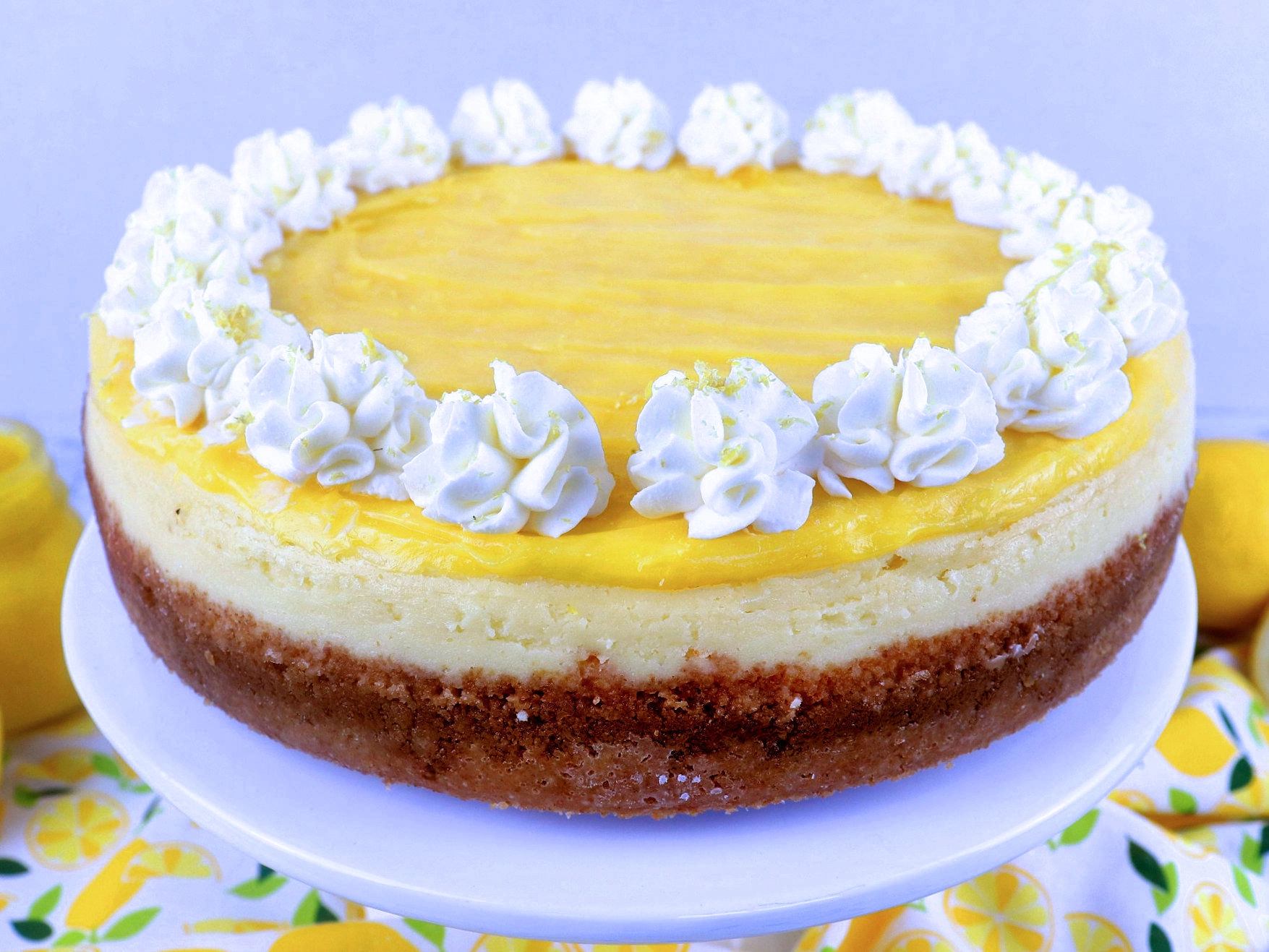 WATER BATH FOR CHEESECAKE:
WATER BATH FOR CHEESECAKE:
A water bath, or bain marie, is when you bake something inside a larger pan and surround it with boiling water. It's most often used when making delicate desserts like custards or cheesecakes. Basically, no matter how hot your oven is, the temperature of the water doesn't get higher than 212°F. This allows for slow and even baking, which lets the inside cook without the outside getting burnt. A water bath is also key in preventing cracks from forming on the surface of the cheesecake.
To keep water from seeping into the pan from the water bath, make sure you wrap it very well with several layers of heavy-duty aluminum foil. *Note: No matter how well you wrap your springform pan, there's still a chance of water leaking into the pan and ruining your otherwise perfectly good cheesecake. This has happened to me a few times and so now I always follow a trick I learned thanks to lifeloveandsugar, which is to tie a slow cooker liner around the pan first and then wrap it with aluminum foil. My cheesecakes have been perfectly dry ever since!
HOW TO MAKE LEMON CHEESECAKE:
Preheat your oven to 350°F and begin boiling water for the water bath.
Prepare the Springform Pan:
Line the bottom of a 9 or 10" springform pan with parchment paper (lay some parchment paper on top of the removable bottom and then close the sides around it). Spray the inside of the pan with non-stick cooking spray. Tie a slow-cooker oven liner tightly around the pan and then wrap the bottom and sides tightly with 3-4 layers of heavy-duty aluminum foil.
Make the Graham Cracker Crust:
- Use a food processor to pulse the graham crackers into fine crumbs.
- Mix the crumbs, granulated sugar, and melted butter together until combined, and then add it to the prepared pan.
- Use the bottom of a glass or measuring cup to pack the crust down tightly and evenly in the bottom and slightly up the sides of the pan. Pre-bake the crust for 10 minutes.
Make the Cheesecake Filling:
- Use a hand-held mixer to beat the room temperature cream cheese, granulated sugar, and flour together in a large bowl until smooth. Add the sour cream, vanilla extract, and fresh-squeezed lemon juice and mix until smooth, make sure there aren't any lumps because you don't want to overmix once the eggs are added.
- Add the room temperature eggs, one at a time, and mix until just combined after each, don't overmix. Once all of the eggs are added mix until smooth and scrape the sides of the bowl with a rubber spatula as needed.
- Pour the filling over the pre-baked crust and use a rubber spatula to spread it out evenly. Tap the pan on the counter a few times to release any trapped air bubbles in the batter.
Bake the Cheesecake:
- Place the cheesecake in a large roasting pan with high sides and very carefully pour the boiling water around it, going up about 2 inches around the sides of the pan.
- Bake the cheesecake for 1 hour and 10 minutes. Gently shake the pan, if the outside edges look set and the center is only slightly wobbly, then it's done. Turn the oven off, leave the cheesecake in, and crack the door.
- Allow the cheesecake to cool in the oven for 1 hour, then remove it from the oven and the water bath and let it cool completely at room temperature. Cover the top of the pan with aluminum foil and refrigerate the cheesecake overnight so it can fully set.
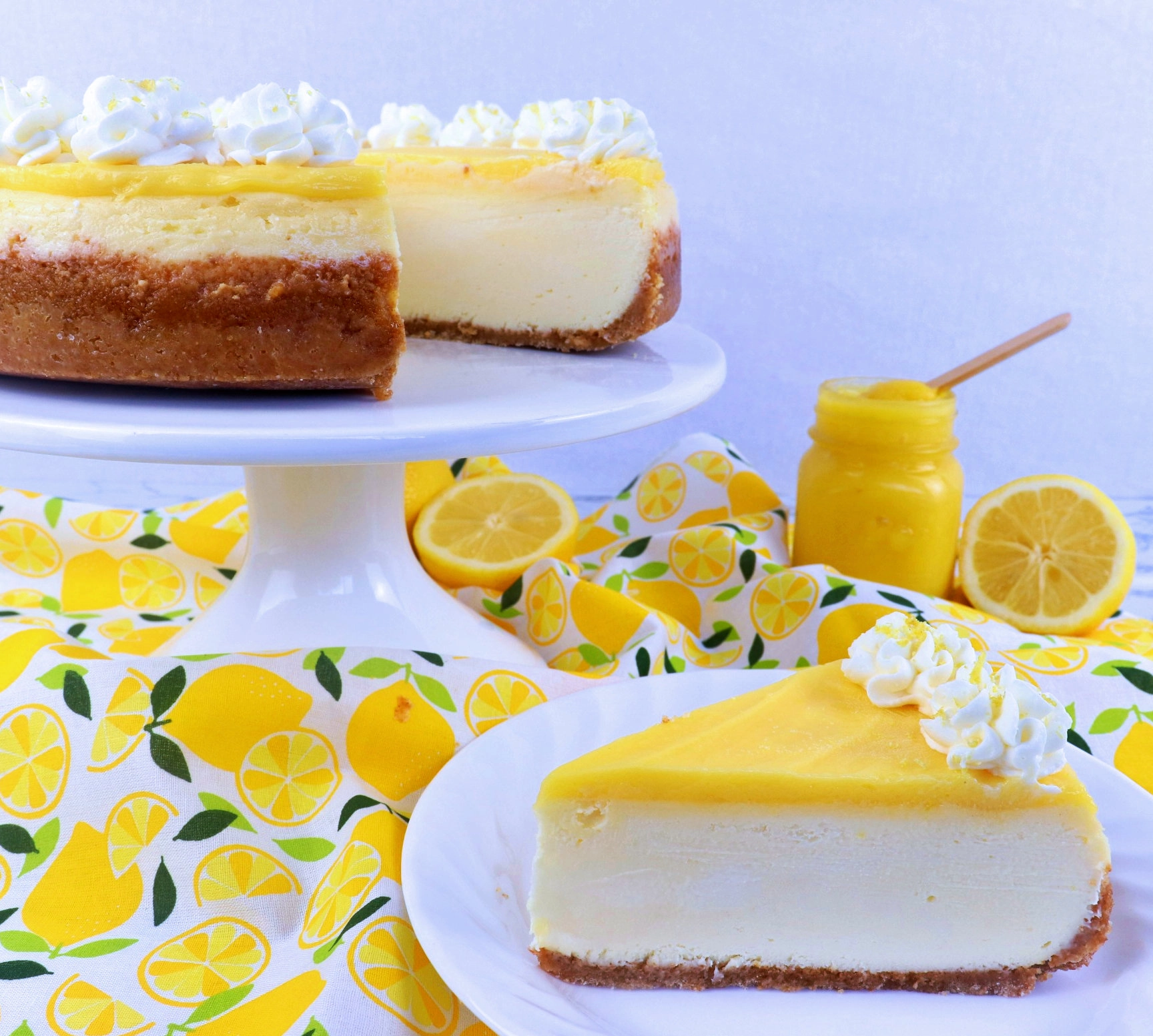 Make the Lemon Curd:
Make the Lemon Curd:
Make the lemon curd the next day, after the cheesecake has cooled and set overnight in the fridge.
- In a small bowl, whisk the fresh lemon juice and flour until the flour is dissolved.
- In a separate bowl, whisk the egg, egg yolks, and sugar until combined and pale yellow in color.
- Melt the butter in a small pot. Add the lemon juice/flour mixture and cook, whisking constantly, until it starts to thicken.
- Slowly add the hot liquid into the bowl with the eggs, whisk the eggs as you do so they don't curdle.
- Once all of the hot liquid has been added, pour everything back into the pot and cook over medium heat. Bring to a boil and cook, whisking constantly, until very thick.
- Remove from heat and strain the curd through a sieve to get rid of any lumps. Use a spoon to help press it through the sieve and use a different spoon to scrape the strained curd from the other side of the sieve and into a bowl. Let it cool just a little, you want it to be warm enough that it's spreads easily, but not too hot.
- Take the cheesecake out of the fridge and remove the sides of the springform pan. Spread the lemon curd over the top of the cheesecake, then refrigerate until the curd is set. The cold temperature of the cheesecake will help it set pretty quickly.
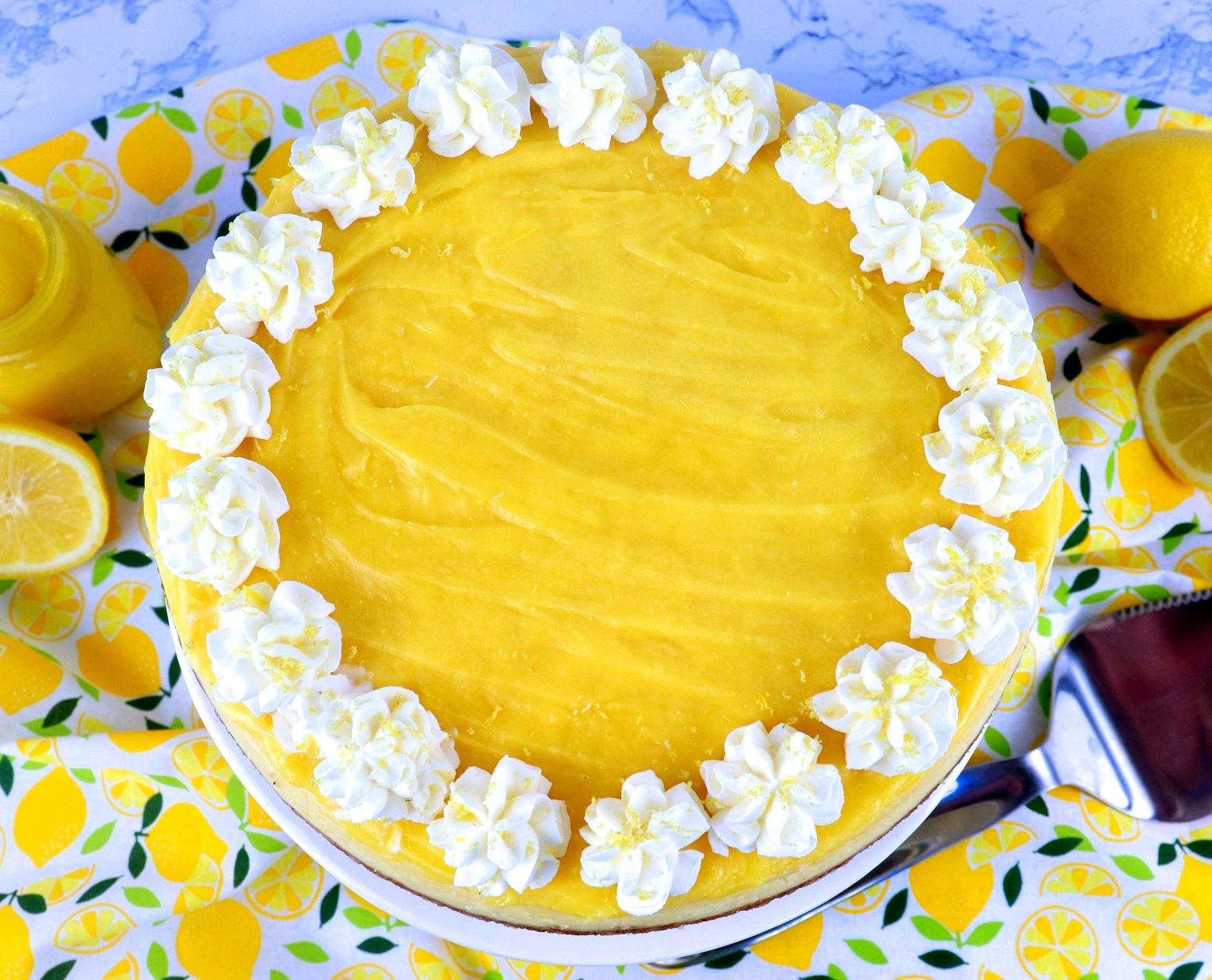 Key Tips for Making Cheesecake:
Key Tips for Making Cheesecake:
- Avoid opening the oven door while the cheesecake bakes. Especially during the first 40 minutes. Opening the oven door causes sudden changes in temperature which can lead to cracks, uneven baking, or the cheesecake falling in the center.
- Don't overmix. Overmixing creates pockets of air in the batter that can rise to the surface during baking and turn into cracks. This is especially important once the eggs have been added in, so make sure the cheesecake batter is completely smooth before you add them.
- Use room temperature ingredients. This ties into not overmixing, if your ingredients are cold then you'll need to mix the batter more to get it smooth.
- Don't overbake. The cheesecake is done when the outside is set and puffed up with a pale, slightly wobbly center. It will continue to cook and set as it cools, so you want to turn the heat off when it's still a little under. After 1 hour and 10 minutes, check the cheesecake and gently shake the pan. If it looks pale and is still very wobbly all over, continue baking and check it again every 5 minutes until it looks done.
- *If it still looks under after an extra 15 minutes of baking, turn the oven off and leave the cheesecake in the oven with the door closed for 30 minutes, then crack the door and keep it in for another 30 minutes. Even if it is a little under it will set perfectly in the fridge overnight.
- Don't slice the cheesecake too soon. I know it's tempting, but you need to allow plenty of time for the cheesecake to set before slicing it. For the best results, always cover and refrigerate overnight before slicing.
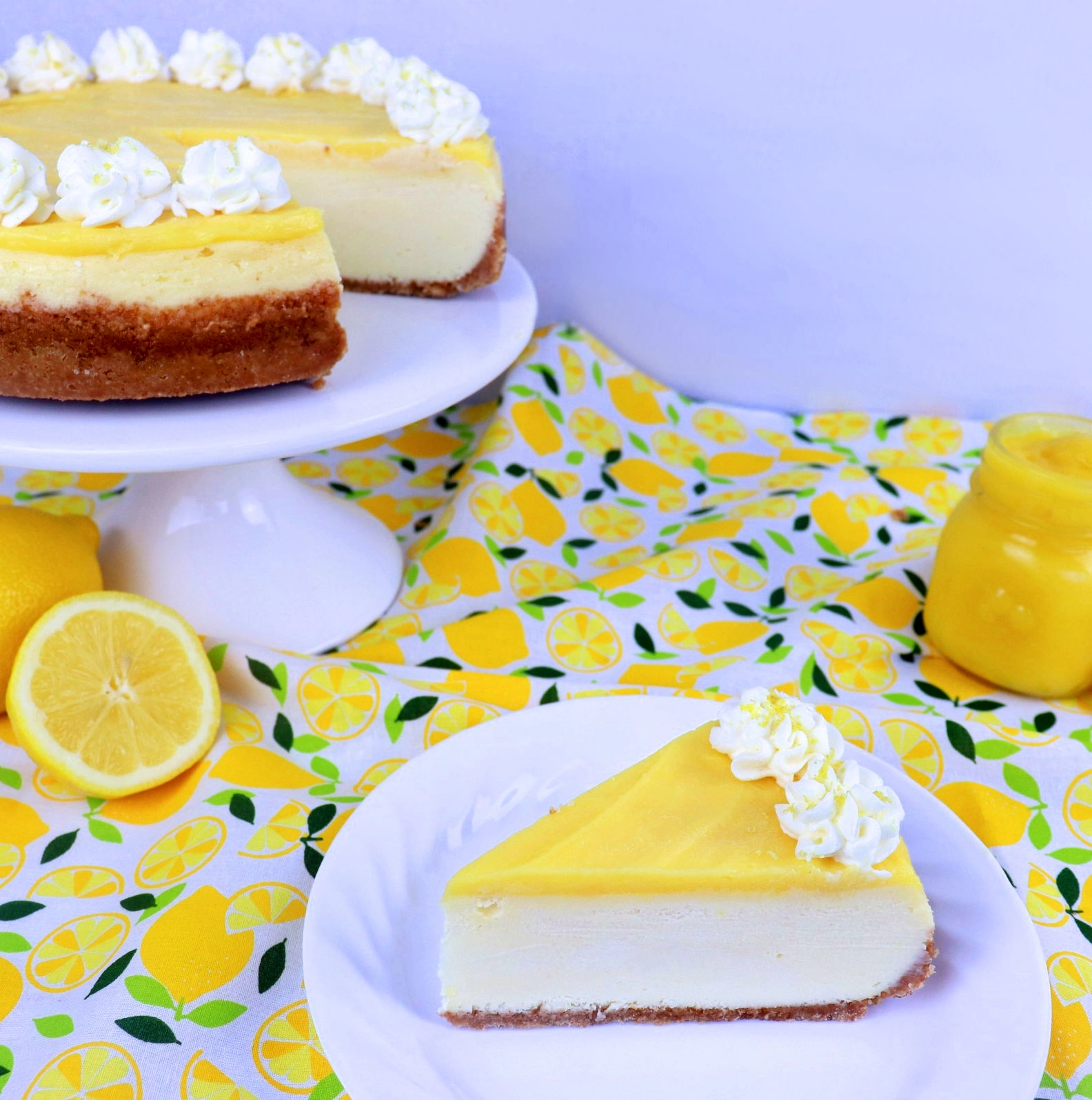 More Cheesecake Recipes:
More Cheesecake Recipes:
- Blueberry Swirl Cheesecake
- White Chocolate Raspberry Cheesecake
- Chocolate Peppermint Cheesecake
- Caramel Cheesecake
- Strawberry Cheesecake
- Pumpkin Cheesecake
📖 RECIPE
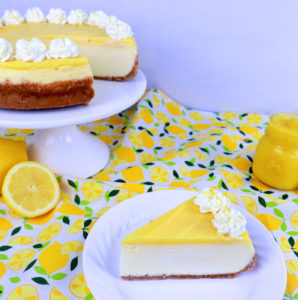
Lemon Cheesecake
Equipment
- 9 or 10" springform pan
Ingredients
Graham Cracker Crust:
- 1 and ½ cups graham cracker crumbs
- ½ cup granulated sugar
- 6 tablespoon butter, melted
Cheesecake Filling:
- 3 (8 oz.) packages cream cheese, full-fat, softened to room temperature
- 1 and ½ cups granulated sugar
- 2 tablespoon all-purpose flour
- 1 cup full-fat sour cream, room temperature
- 2 tablespoon fresh-squeezed lemon juice
- 2 teaspoon vanilla extract
- 3 large eggs, room temperature
Lemon Curd:
- 6 tablespoon fresh-squeezed lemon juice, about 3-4 large lemons
- 1 tablespoon all-purpose flour
- 1 large egg
- 4 large egg yolks
- ¾ cup granulated sugar
- 2 tablespoon salted butter
Instructions
- Adjust your oven rack to the lower 3rd position and preheat your oven to 350°F.
- Prepare the springform pan: Line the bottom of a 9 or 10" springform pan with parchment paper. Spray the inside generously with non-stick spray. Tie a slow-cooker liner tightly around the pan*, and then wrap several layers of heavy-duty aluminum foil around the pan and up the sides.
Make the Graham Cracker Crust:
- Mix the graham cracker crumbs, granulated sugar, and melted butter until combined and add it to the prepared springform pan. Use the bottom of a glass or measuring cup to pack it down tightly and evenly into the bottom of the pan and slightly up the sides. Prebake the crust for 10 minutes.
- Begin boiling water for the water bath.
Make the Cheesecake Filling:
- In a large bowl, use a hand-held mixer to beat the softened cream cheese, granulated sugar, and flour until combined and smooth with no lumps of cream cheese.
- Add the sour cream, fresh-squeezed lemon juice, and vanilla extract and mix until smooth. Make sure there aren't any lumps at this point because you don't want to overmix once you add the eggs.
- Add the room temperature eggs, one at a time, and mix until just combined after each. Once all of the eggs are added mix until smooth, scrape the sides of the bowl with a rubber spatula as needed.
- Pour the filling over the prebaked crust and use a spatula to spread it out evenly. Tap the pan on the counter a few times to release any trapped air bubbles in the filling.
Bake:
- Place the pan inside a large roasting pan with high sides and very carefully pour the boiling water around it, going up about 2" around the sides of the pan. Bake the cheesecake for 1 hour and 10 minutes. Gently shake the pan, it should be set and golden on the outside with a small wobbly center. It will continue to cook as it cools, if it still looks very pale and wobbly all over, continue baking and check again in 5 minutes.
- Turn the oven off and crack the door slightly. Leave the cheesecake in for 1 hour, then remove from the oven and the water bath and let cool at room temperature, then cover and refrigerate overnight so it can fully set.
Make the Lemon Curd:
- Make the lemon curd the next day, after the cheesecake has been refrigerated overnight.
- In a small bowl, whisk the fresh-squeezed lemon juice and flour until the flour is dissolved.
- In a separate bowl, whisk the egg, egg yolks, and granulated sugar until smooth and pale yellow in color.
- Melt the butter in a small pot, add the lemon juice/flour mixture and cook until starting to thicken. Carefully pour the hot liquid into the bowl with the eggs/sugar, and whisk the eggs as you do so they don't curdle. Add everything back to the pot and cook over medium heat, whisking constantly, until very thick.
- Remove from heat and strain the lemon curd through a fine sieve, use a spoon to push it through the sieve and use another (separate) spoon to scrape the strained curd from the other side of the sieve and into a bowl.
- Assemble and serve: Take the cheesecake out of the fridge and remove the sides of the springform pan. Spread the lemon curd all over the top. It's easier to spread if the lemon curd is still warm.
- Use a sharp knife to slice the cheesecake and wipe the knife clean between slices.


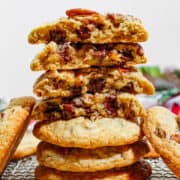
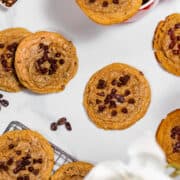
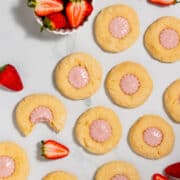
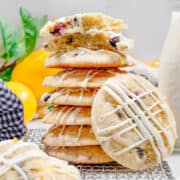
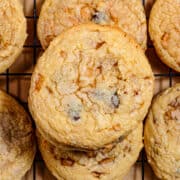
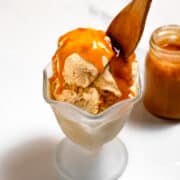
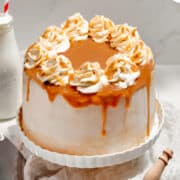
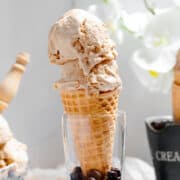
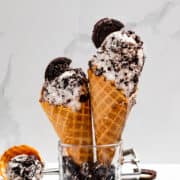
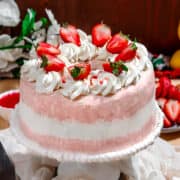
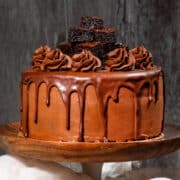
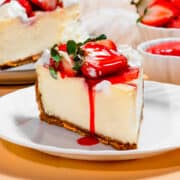
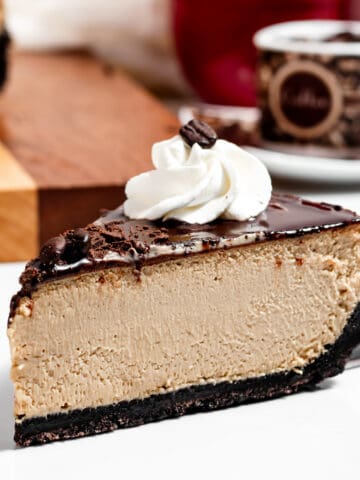
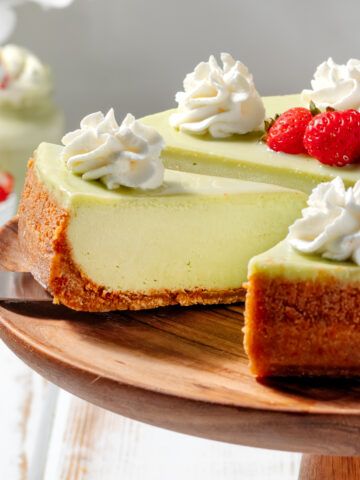
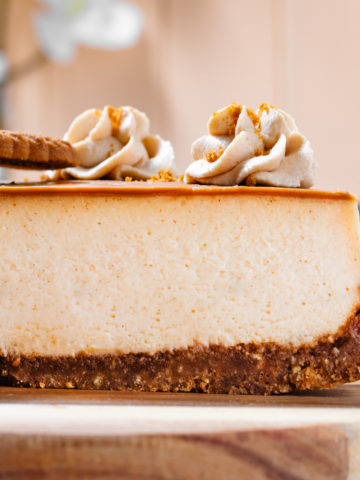
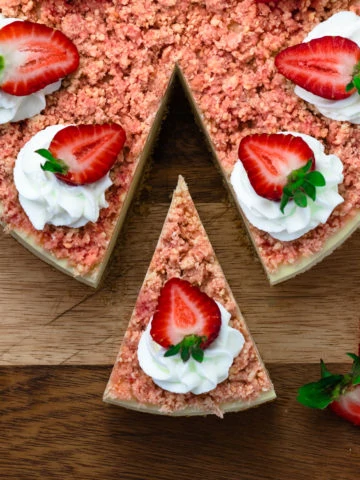
Leave a Reply